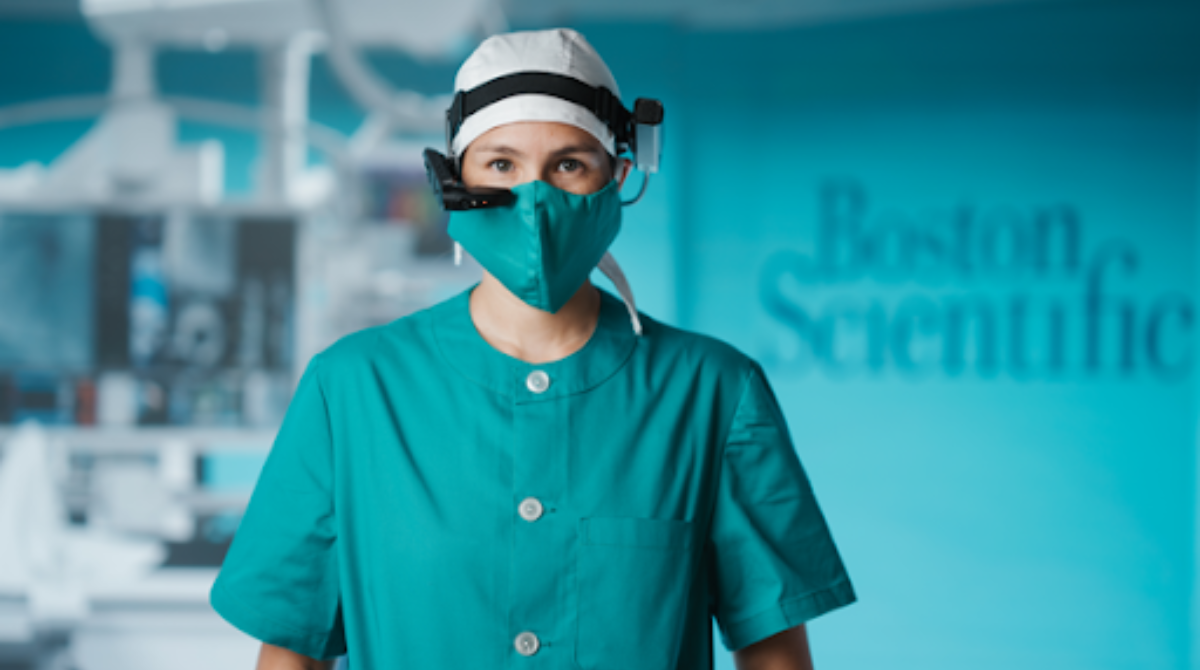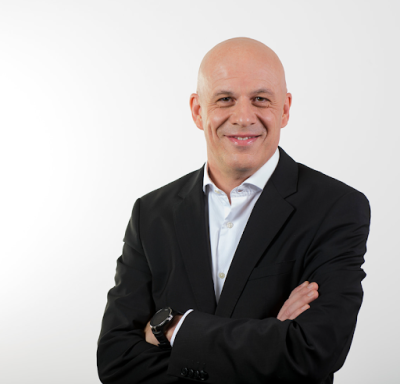How meaningful innovation is helping MedTech leaders bridge the gap between modern healthcare challenges and evolving patient needs

By Miguel Aragon, vice president for Urology, Capital equipment and Services in Europe, Middle East and Africa (EMEA) region at Boston Scientific
In my conversation with clinicians and hospital managers across Europe, Middle East and Africa (EMEA), I hear how healthcare systems are under pressure: from stretched budgets and long waiting lists to the growing challenges of chronic diseases from an ageing population.
At the same time, I also see how patient needs are evolving rapidly. People are living longer, have greater access to information and rightly expect the best possible health outcomes and experiences from their care.
This dual reality— healthcare systems under strain and patients expecting more— presents a critical challenge for MedTech leaders: how do we meet the evolving needs of modern healthcare while staying focused on improving patient outcomes?
At Boston Scientific, that question shapes how we think and act. For us, the answer lies in advanced technology.
Not innovation for the sake of it, but meaningful innovation translated into patient-centric solutions that improve care, support clinicians and strengthen hospital systems.
Smarter innovation for better patient outcomes
Every day, I see how technology is transforming care — especially in therapeutic procedures.
Minimally invasive techniques, once considered groundbreaking, are now essential tools that help deliver more precise treatments with less disruption to patients’ lives.
Our focus on minimally invasive therapies is grounded in a deep commitment to patient-centric care.
Any time we can reduce surgical trauma and shorten recovery, it’s a win for patients. And from there, the broader benefits follow —less time in the procedure room, lower overall costs and shorter waiting lists.
A good example is Rezum™ Water Vapour Therapy for benign prostatic hyperplasia (BPH).
This is a minimally invasive procedure done in an outpatient setting in some European countries, often in less than 10 minutes.
Patients are typically able to quickly return to normal activities, and the risk of complications is lower compared to more invasive surgical procedures that usually require a one- to two-day hospital stay and bring a longer recovery time with higher risk of side effects.

Miguel Aragon
Despite the benefits Rezūm Therapy offers, we continue to push ourselves to further innovate the technology.
We recently received CE mark for the Rezūm™ EVO Console, which offers clinicians the care setting flexibility and operational efficiency that they need in modern care environments: a smaller footprint and greater staff autonomy compared to the previous generation to fit a range of care settings and support various levels of staff expertise.
This is a clear illustration of what I believe innovation should do — deliver better outcomes for patients while easing the burden on the system.
When recovery is faster and less resource-intensive, care becomes more sustainable.
And yet, despite the benefits, minimally invasive options like these are not yet equally available across all European healthcare systems.
This is one more sweet spot where I believe MedTech leaders can play a key role, with the support and training we can provide to healthcare professionals.
If we want the latest technologies to truly benefit the most people, they need to be available across the widest spread of geographies, which obliges us to rethink how we deliver education to empower clinicians.
Empowering physicians through technology-enabled education
As the pace of innovation accelerates, it’s vital that healthcare professionals feel equipped to adopt and integrate new technologies safely, effectively and with a full understanding of their potential in real-world clinical practice.
While in-person training will always have value, it’s not always practical, scalable or sustainable. Travel, budget and time constraints often limit access.
That’s why I’m convinced that advanced clinical training is key. This means using innovative digital tools to bring education closer to the point of care and make it more flexible, accessible and impactful.
One area with tremendous potential is remote preceptorship. Live demonstrations from experienced physicians have long been a cornerstone of training.
However, geography limits who can benefit. With our ExpertLink™ Remote Connectivity Solutions, combining smart glasses and high-speed video, clinicians can now observe live cases from anywhere in the world.
This expands access and brings highly effective training to those who need it most.
We’re applying this same approach to remote proctoring. Imagine a physician performing a procedure while a peer — located halfway across the world — provides real-time guidance through wearable camera technology.
They’re effectively standing beside them in the operating room without having to travel.
This interactive, real-time training model accelerates learning, boosts confidence and ultimately improves patient care.
Looking ahead, I see even more potential. I envision a future where any clinician can connect with an expert instantly — much like requesting a ride via an app.
It would remove barriers, speed up access to guidance and make expert support a seamless part of clinical practice.
Empowering patients with better information
Technology is also changing how patients engage with their care.
Patients today want to understand their options. But in overstretched systems, they often don’t get enough time with healthcare providers to ask questions or feel reassured.
That’s why we’re investing in digital patient education tools, like the Urology patient hub: high-quality, multimedia tools that explain with clarity urological health, from symptoms to treatment resources, self assessment tools, expert insights and other patients’ voices.
Patients can view them anytime, at their own pace, helping them be more informed, feel more confident and ready to ask the questions they need answers for.
This isn’t just a nice-to-have.
We know from research that patients who understand their care are more likely to follow guidance, feel more confident to face a procedure and ultimately achieve better outcomes (1).
Data-driven evidence that support healthcare goals
Finally, I strongly believe that one of our most powerful tools today is data — not just to track outcomes, but to guide smarter decisions.
At Boston Scientific, we’re investing in producing and disseminating data-driven evidence such as prospective studies, real-world evidence, patient reported outcomes, usage trends and hospital data to tailor our support to what truly matters.
This allows us to move beyond being a medical device provider to embed technology with agility and to deliver care more effectively.
It’s about understanding the “why” behind the numbers — and using that insight to help improve both patient outcomes and system performance.
Technology with purpose
Innovation excites me — but meaningful innovation is what drives me.
Our focus on minimally invasive care, digitally enabled education, empowered patients and data-driven decision making all comes back to one goal: delivering smarter care and better outcomes.
It is not about chasing the latest trend.
It is about developing technologies and digital tools that clinicians trust, that patients benefit from and that healthcare systems can rely on.
That is what we mean by advancing science for life.
Miguel Aragon is the vice president and general manager for Urology in Europe, Middle East and Africa (EMEA) region and for Capital equipment and Service at Boston Scientific.
A seasoned professional with 37 years of experience in the medtech business, combining a strong sales and marketing experience with strategic thinking and vision development across both global and European markets.
Passionate about surgical innovations and technological advancements, Miguel has contributed significantly to the development and integration of groundbreaking surgical techniques and equipment in endoscopy and urology fields, driven by his motivation to support medical practice and ultimately improve patients’ lives.
References
(1) https://bmjopen.bmj.com/content/3/1/e001570




